Corn - what kind of crop is it: vegetable or grain?
It is easy to determine which crops this or that plant belongs to. What vegetables and grains are, is clear to the student too. But with corn, doubts begin whether this plant is a vegetable or a grain crop.
From America (homeland corn) the plant came to Europe in the era of the great geographical discoveries. At first, the culture was used to feed livestock, but then the grains of milk ripeness came to taste and the person. Now varieties of sweet corn have been developed, the ears of which are consumed fresh and boiled. There are many vitamins, starch, mineral salts, amino acids in caryopsis. And in terms of vitamin E content, corn oil surpasses sunflower oil. They grow corn in the fields for silage, and for the dinner table - in the gardens.
Content:
- What is corn?
- The best varieties of corn
- Selection and preparation of a place and soil for a plant
- Terms and rules for planting corn
- Crop care recommendations
- Harvesting and storage methods
What is corn?
Corn belongs to a typical representative of the Zlakovy family. The herbaceous plant goes through a growing season for one year. The stem of the plant sometimes reaches a height of six meters. But unlike other cereals, it is not hollow. One stem contains both male flowers in the form of panicles at the top of the plant, and female flowers - cobs in the axils of wide leaves. After pollination by the wind, caryopses form on the cobs.
Several groups of corn are identified, among which one can distinguish sugar, tooth-like, flint, waxy, bursting.
Their difference is the type of grain structure, its taste. And they differ in cultivation technology. It's safe to say that corn is a grain crop. And the leaves, its stems go to livestock feed in the form of silage, like other cereals.
But according to the method of using the plant, it is referred to as vegetables, like soybeans, beans, peas. Cobs with grains are used for cooking, dessert, canning. It can be concluded that corn is both a grain and a vegetable crop depending on what it is grown for.
The best varieties of corn
Of all kinds corn for cultivation, sugar is chosen because of the large amount of soluble sugars and the low percentage of starch. Breeders have developed varieties of vegetable products of different ripening periods:
- The Kubansky variety ripens from the first leaf to ripeness in 75 days. Dark yellow kernels on the cob are juicy and tasty when fresh, canned.
- The Zarya variety, bred in Crimea, bears fruit after 70-90 days from the date of germination.
- Spirit's bright yellow ears reach twenty centimeters in size. The pulp of the grains of this variety is juicy, tender, sweet.
- The Dobrynya hybrid pleases with impressive ears, which can be eaten fresh, frozen, preserved.
- From mid-season, Krasnodar sugar corn can be distinguished, which is resistant to pathogens. The ears with yellow-orange grains have the shape of a cone with a diameter of five centimeters.
- The Ice Nectar variety, which is considered the sweetest, is famous for its excellent taste and high yields.Late-ripening corn is harvested on cobs 22 centimeters long.
- For the production of alcohols, starch, flour, a dent-like type of corn is used. Cereals are grown commercially for silage. Of the varieties, the Odessa hybrid is known, which gives a little grain, and more green mass.
- There is one starch in the grains of flint corn, so sticks and flakes are made from it. Voronezhskaya variety is unpretentious in care, contains a lot of sugar.
- A bursting type of cereal is suitable for making popcorn. The best varieties are Volcano, drought-resistant, Oerlikon, which has a pleasant aroma and wonderful taste.
A variety of vegetable crops is selected depending on the purpose of its use.
Selection and preparation of a place and soil for a plant
To obtain high-quality corn grain, you need a choice of planting material, a place for growing. Powerful root system plants need a lot of oxygen, so the soil should be loose with good air permeability. The best place for the plant will be well-heated areas. The cereal grows best on chernozems, alluvial and sandy loam, light loams. To avoid over-pollination, different types of corn are placed further away from each other.
A well-prepared area for cultivation is the key to stable yields.
Legumes are the best of the plant's predecessors. potato or buckwheat. You can not sow a crop after sugar beets or sunflowers, as these crops greatly dry out the soil to a great depth. And this is bad for corn. The nutritional value of the soil will help to obtain high yields of caryopsis. The soil should contain fertilizers with nitrogen, phosphorus, potassium.
In the fall, two kilograms of rotted manure per square meter, superphosphate - 35 grams, potash salt - 25 grams are brought into the area for corn. After cultivation, the soil is dug up. In early spring, soil is loosened with a depth of eight centimeters. Soil acidity for corn it ranges from 5.0 to 8.0, but a pH of 6.5 is optimal.
Terms and rules for planting corn
Cornflower is a thermophilic plant. Seeds are planted when the ground at a depth of six to eight centimeters warms up to ten degrees Celsius. This period falls in the second decade of May.
Landing features:
- The planting pattern for corn grains is 70x70 centimeters. With the density of plantings, the seedlings are thinned after the second leaf appears. Planting density will lead to a lack of light, and as a result to pale leaves, thinning of the plant stem.
- Close up corn grains to a depth of five to six centimeters. It is important that the seeds fall into the wet layer. Therefore, it is possible to place them at a depth of eight centimeters.
In the fields, after sowing corn, the soil is rolled up, which avoids drying out the soil. If it rains during the planting period, then it is not worth rolling the site. On the fourth - fifth day after precipitation, it is necessary to loosen the upper layer, removing the crust and destroying the weed shoots. In this case, the harrowing depth should be small.
You can also use the seedling method for growing cereals. Seedlings are planted in open ground at thirty days of age. There are planting dates for each maize variety, but soil temperature plays an important role in seed germination.
Crop care recommendations
Corn can be attributed to unpretentious plants in terms of care. She needs warmth and daylight for twelve hours. Important rules for caring for a plant include feeding and watering. Most of the nutrition is needed for corn during flowering and ear formation. Lack of phosphorus in the soil will affect the color of the leaves - they will turn red.
Due to the lack of nitrogen, the leaves will begin to turn yellow and fall off. When fertilizing, you need to keep the soil moist. In addition to nitrogen and potassium, complexes containing zinc, boron, and manganese will be effective.To increase the protein in grains, foliar fertilizing with nitrogen is used, spraying the plantings with a 30% urea solution.
Corn care is carried out regularly, then its grains will be juicy and sweet.
Watering corn is carried out in small doses. Moisturization is especially important for the plant when young cobs are laid. The abundant formation of lateral shoots in cereals is associated with low temperatures or excessive feeding. The stepchildren clean up so that they do not interfere with the ripening of the grains. For the growth of corn, weeds are weeded. On large areas of cereal planting, processing is carried out herbicides such as Protrazin or soil preparations - Lontrel. Loosening of the soil in plantings is carried out after precipitation and abundant watering.
Harvesting and storage methods
Signals for harvesting corn cobs will be the appearance of a dry edge of one millimeter on the wrapper. In this case, the upper layers may still be wet and fit snugly against the cob. The ripeness of the grain is determined by the density of the closure of the rows, the browning of the pistil threads at the top. By pressing with a fingernail on the cob, a burst shell with an embryo is obtained, from which milk liquid flows out.
Depending on the storage method of corn - grains or cobs, work is carried out to lay the crop:
- To preserve the cereal grains, they are refined by removing impurities.
- Then they put the seeds for drying in special devices.
- Drying on the cob can take place under a canopy or in a room with lattice walls.
- High-quality dried corn will not spoil for a long time in prepared storages, food, grain, fodder. You can save it until summer by checking the humidity level in the storage facilities.
- So that the grain does not spoil, a distance of one and a half meters is set between the piles. Better to store in a ventilated area.
- Storing threshed grain for a long time leads to a decrease in its nutritional value. And grain lends itself to infection with pathogenic microorganisms more often. Therefore, before storing it, it is disinfected.
- For canning, corn is used immediately after harvest for five days.
Proper storage organization allows you to use corn with benefit one hundred percent.
More information can be found in the video:



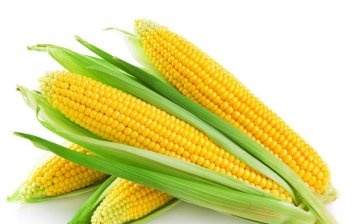
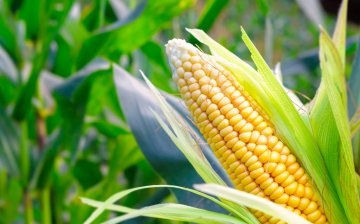
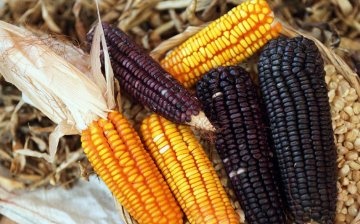
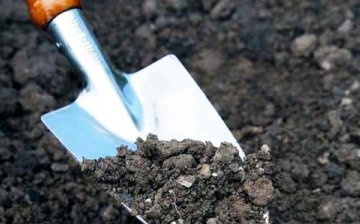
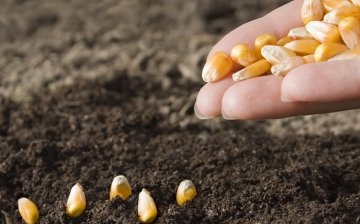
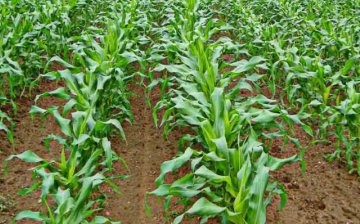
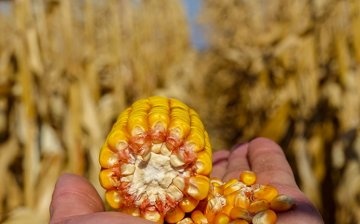








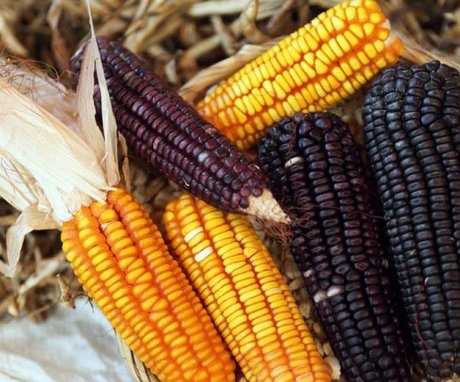
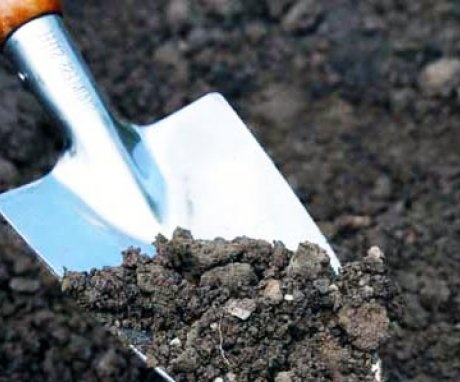
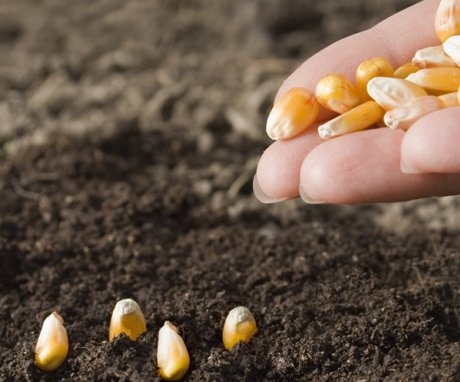
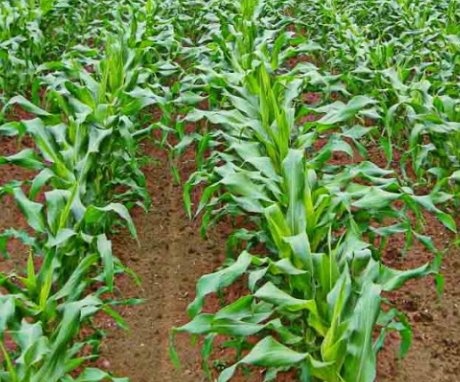
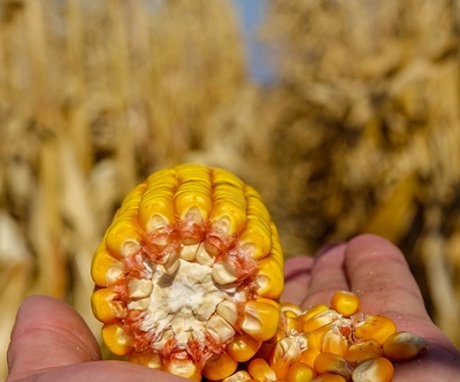
Corn is both a cereal and a vegetable. It is used both as a fodder crop and in cooking. I love boiled corn cobs very much) The main thing is that it is not too demanding in terms of care. From leaving, we usually only have thinning in time and good watering.
I agree with you, my dear Firefly! We plant a wonderful cereal and several dozen pieces and we are at our dacha. We use it exclusively as you do, we love it boiled with salt. But we do not make preparations, we eat everything "on the vine") For salads we buy canned food in jars.
I once tried to plant corn in the country, literally a few stalks. There is nothing complicated in the cultivation itself, but the cobs turned out to be unripe and tasteless. Maybe the summer was bad, or maybe something else, but I decided not to get involved anymore.
Corn cobs should be eaten young, when they age, their taste deteriorates significantly, moreover, the corn itself coarsens and becomes no longer indigestible by our stomachs.